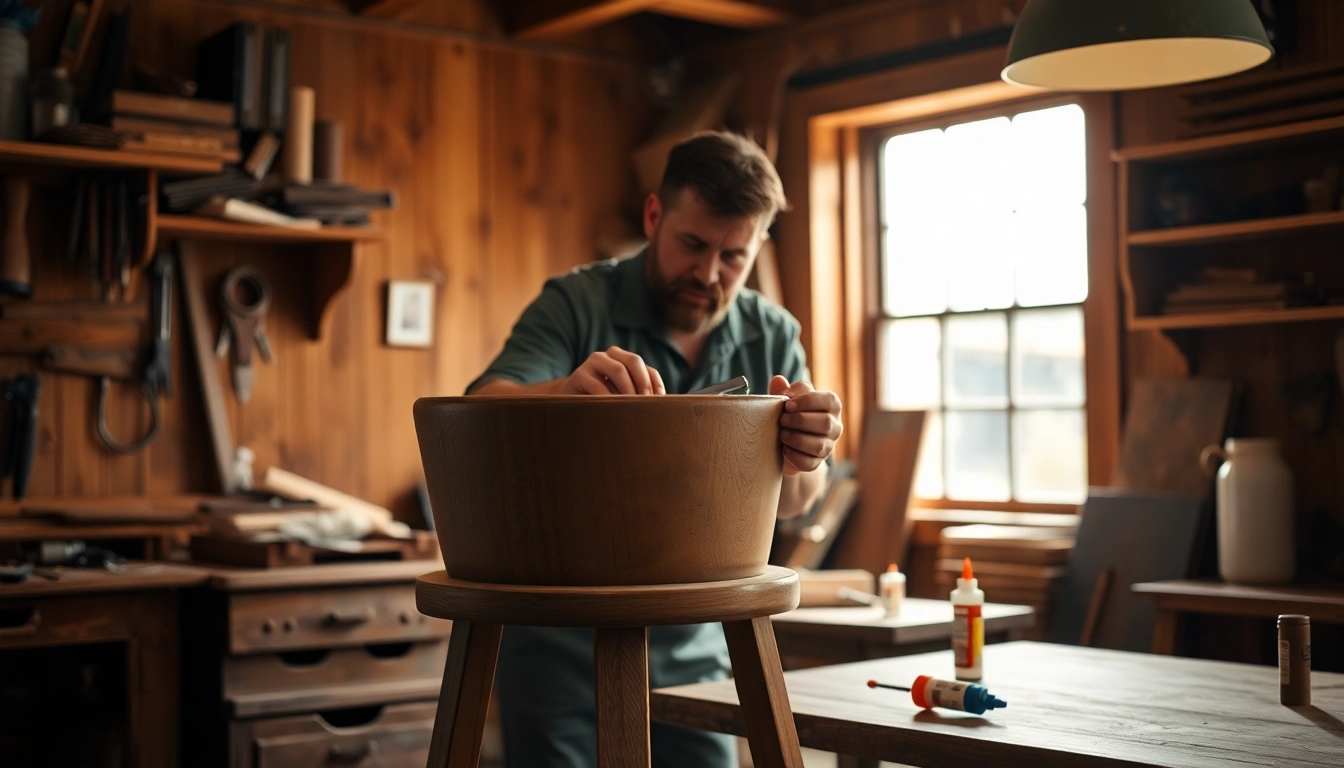The Importance of Back Bar Repair in Furniture Maintenance
Back bar repair is an essential aspect of furniture maintenance, particularly for those who appreciate the aesthetics and functionality of well-crafted bar furniture. As these pieces often experience significant wear and tear due to their use in social settings, understanding the nuances of back bar repair can help extend their lifespan and maintain their charm. Not only does effective repair and restoration keep your furniture looking great, but it also saves you money compared to purchasing new items. Engaging in regular back bar repair can ensure that your furniture not only survives the test of time but also remains a centerpiece of gatherings, be it in a home, commercial space, or elsewhere. To delve deeper into back bar repair, consider exploring back bar repair resources.
Understanding Bar Repairs
Understanding the intricacies of bar repairs starts with recognizing the common materials used in their construction. Most bar furniture, including stools and tables, is made from wood, metal, or a combination of both. As a result, different types of damage may require different repair techniques. For instance, wood can splinter or crack, while metal might bend or corrode. Each scenario demands a tailored approach, increasing the chances of a successful repair.
Common Issues with Bar Furniture
Bar furniture faces numerous challenges that can lead to deterioration. Some common issues include:
- Wobbly Stools: Often caused by loose joints or uneven legs.
- Broken Backrests: A frequent issue for bar stools, often due to excessive weight or improper use.
- Scratches and Dents: These can mar the finish and integrity of wooden surfaces.
- Rusty Metal Components: Metal bar furniture is susceptible to rust, diminishing both appearance and strength.
Identifying When to Repair
Knowing when to repair your bar furniture is vital. Regular inspections can help identify early signs of wear and tear, such as:
- Visible cracks or holes in the joints or surfaces.
- Mobility issues with stools or chairs.
- Changes in the structural integrity of the furniture.
If you notice any of these signs, it’s essential to address them promptly to prevent further deterioration.
Tools and Materials Needed for Back Bar Repair
Essential Hand Tools for the Job
Having the right tools is crucial for any DIY repair project, including back bar repairs. Here’s a list of essential hand tools:
- Screwdrivers: Both flathead and Phillips types for various screw types.
- Hammer: Useful for tapping joints together or removing stubborn nails.
- Pliers: Essential for holding small components or gripping nails.
- Clamp: Helps hold pieces in place while glue dries.
- Saws: If major cuts or alterations are necessary.
Choosing the Right Adhesives and Fasteners
Different types of repairs require appropriate adhesives and fasteners:
- Wood Glue: Ideal for wooden joints and surfaces for a strong bond.
- Epoxy: Suitable for combining different materials and filling gaps.
- Wood Screws: Stronger than nails for joined pieces, particularly in high-stress areas.
Materials for Upholstery and Finishing Touches
If your back bar furniture requires upholstery repair, you’ll need:
- Replacement Fabric: Choose durable, stain-resistant material appropriate for furniture.
- Foam Padding: Comfortable cushions are ideal for bar stools and seating.
- Staple Gun: Critical for fastening upholstery securely to the furniture frame.
Step-by-Step Guide to Back Bar Repair
Preparing the Furniture for Repair
Preparation is key to successful repairs. Follow these steps:
- Assess the Damage: Examine the furniture thoroughly to understand the extent of the damage.
- Clear the Area: Ensure a clean workspace to avoid further damage.
- Disassemble if Necessary: For complex repairs, consider taking parts apart for easier access.
Executing the Repair Process
Once prepared, execute the repair with precision:
- Fix Loose Parts: Use wood glue or screws to stabilize wobbly areas.
- Repair Damaged Areas: Fill cracks with epoxy and sand smooth once cured.
- Reupholster as Needed: Remove old fabric, replace padding, and securely staple new fabric in place.
Finishing Touches and Quality Checks
After the repairs, finishing touches can significantly affect the final appearance:
- Sand or Polish Wooden Surfaces: This helps restore shine and smoothness.
- Check Structural Integrity: Ensure all parts are secure before final use.
- Apply a Protective Finish: Seal wood surfaces to protect against future damage.
Preventative Measures for Future Back Bar Repairs
Regular Maintenance Tips
To prolong the life of your back bar furniture, regular maintenance is vital. Here are some tips:
- Clean Regularly: Dust, and clean spills immediately to avoid stains.
- Inspect Quarterly: Regular checks can help catch small issues before they escalate.
Best Practices for Usage
Consider how your bar furniture is used to reduce wear:
- Avoid Overloading: Do not exceed weight limits on stools and tables.
- Use with Care: Encourage responsible use, especially in high-traffic areas.
Identifying Early Signs of Damage
Recognizing potential problems early can prevent costly repairs:
- Listen for creaks or unusual noises when using the bar furniture.
- Check for loose screws or wobbling joints regularly.
- Inspect surfaces for scratches or marks that may require immediate attention.
When to Call a Professional for Back Bar Repair
Assessing the Complexity of the Damage
Some repairs may be beyond simple DIY fixes. Assessing the complexity is crucial:
- If you notice significant structural damage.
- When specialized tools are needed that you do not possess.
- In cases of intricate upholstery that require expertise.
Finding Qualified Furniture Repair Experts
Finding the right professional is essential for quality repairs. Consider:
- Referrals: Ask friends or family for recommendations.
- Online Reviews: Research service providers to read reviews and testimonials.
- Portfolio: Check past work to ensure their quality aligns with your expectations.
Understanding Repair Costs and Estimates
Before committing to professional repairs, understand the costs involved. Get written estimates and consider:
- The scope of the work.
- Materials needed and labor involved.
- Possible follow-up costs for additional repairs.
